2/2 Pilot Operated Diaphragm Solenoid Valve : Normally Closed
To open:
when the valve receives an electrical signal, a magnetic field is formed which attracts the plunger covering the pilot orifice to lift off, causing system pressure (holding the diaphragm/piston closed) to drop.
As system pressure on the top of the diaphragm/piston is reduced, full system pressure on the other side of the diaphragm/piston acts to lift the diaphragm/piston away from the main orifice, which allows media flow through the valve.
Since the bleed orifice is dimensionally smaller than the pilot orifice, the system pressure can t rebuild on the top of the diaphragm/piston as long as the pilot orifice remains open.
To close:
when the valve is de-energized, it releases its hold on the plunger. Then the plunger drops and covers the main orifice.
The system pressure builds up on the top of the diaphragm/piston through the bleed orifice, forcing the diaphragm/piston down until it covers the main orifice and stops media flow through the valve
2/2 Pilot Operated Diaphragm Solenoid Valve : Normally Open
To close:
when the valve is energized, it attracts the plunger. Then the plunger covers the pilot orifice.
The system pressure builds up on the top of the diaphragm/piston through the bleed orifice, forcing the diaphragm/piston down until it covers the main orifice and stops media flow through the valve.
To open:
when the valve is de-energized, it releases its hold on the plunger. The plunger uncovers the pilot orifice causing system pressure holding the diaphragm/piston closed to drop.
As system pressure on the top of the diaphragm/piston is reduced, full system pressure on the opposite side of the diaphragm/piston acts to lift the diaphragm/piston away from the main orifice, which allows the full media flow through the valve.
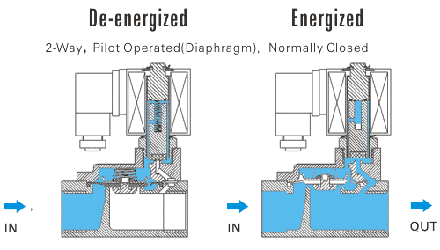
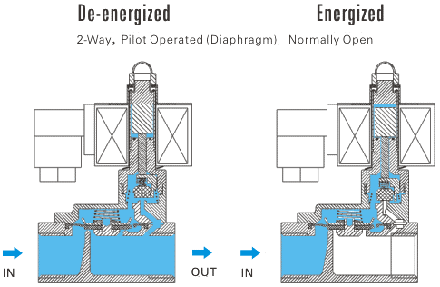
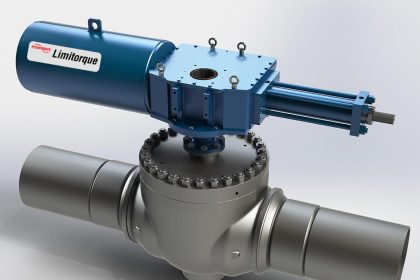
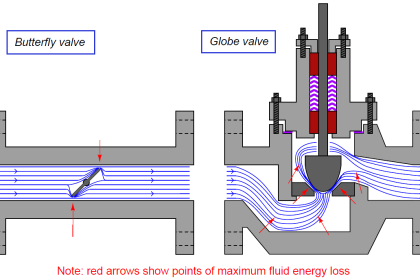
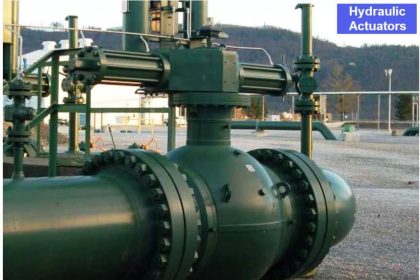

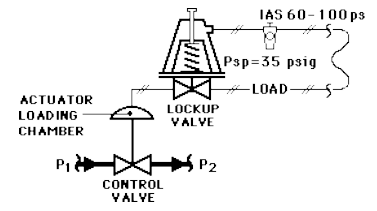
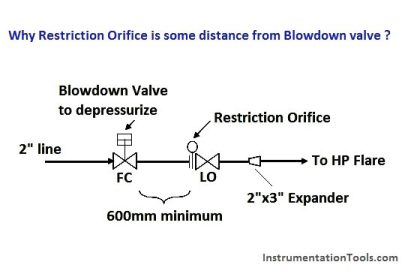
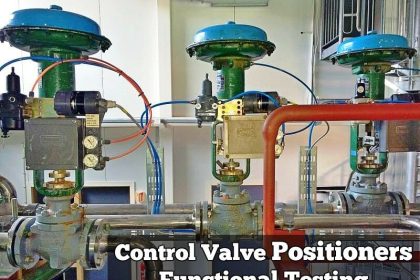

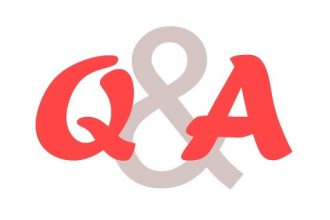
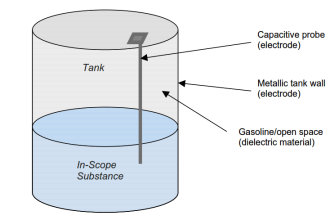
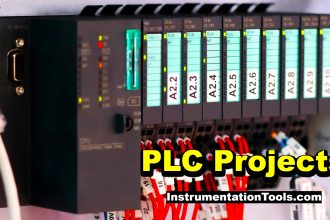
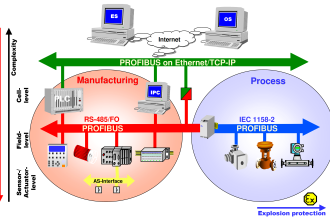

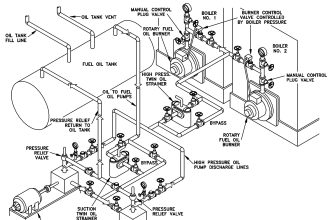



Which book reffer for instrument knowledge